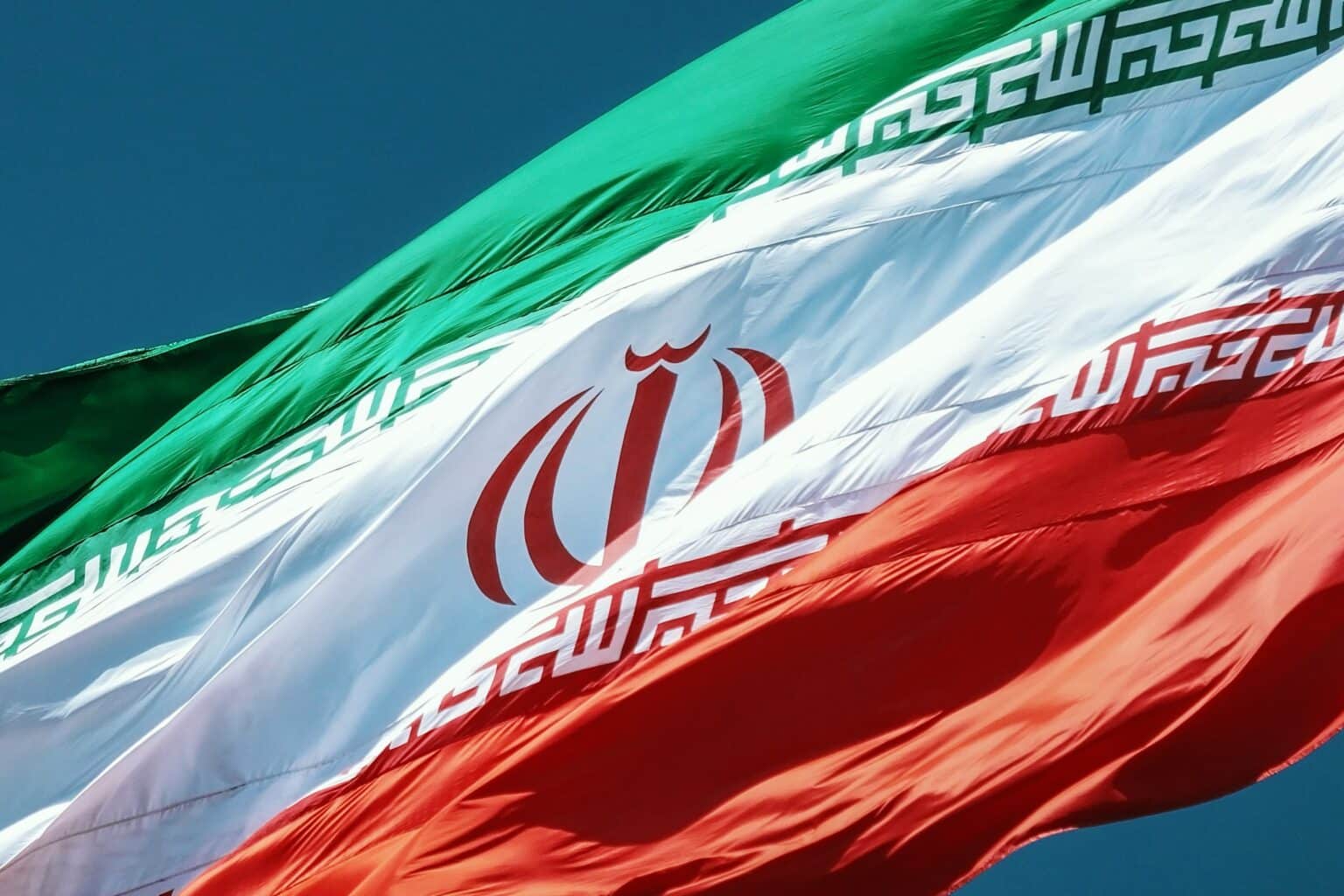Iran’s Supreme Leader, Ayatollah Ali Khamenei, has called the suspected poisonings of school girls “unforgivable,” adding that if the accusations are proven true, the perpetrators should face the death sentence.
The suspected poisonings began roughly three months ago. More than 1,000 girls in different schools have been hostpialized with cases of respiratory distress. The first reported cases were in the city of Qom, but have since spread to numerous other areas of Iran.
The affected girls have reportedly complained of headaches, heart palpitations, feeling lethargic or unable to move. Some described experiencing an odor of tangerines, chlorine or cleaning agents.
On Friday, President Ebrahim Raisi said he had asked the ministers of intelligence and interior to follow up on the girls’ cases, describing the alleged attacks as “the enemy’s conspiracy to create fear and despair in the people.”
The girls’ suspected poisonings have spread further fear across the country in the wake of protests following the September 16 death of 22-year-old Mahsa Amini while in police custody. She was arrested on the 13th by the morality police for not properly wearing a religious head covering called a hijab.
Since the protests in Iran began, the Islamic Republic has executed at least 15 men—although some human rights groups put the estimate higher—following fast-tracked trials. All have reportedly been hanged.
Ayatollah Khamenei, who is now calling for the death sentence for the girls’ alleged poisoner or poisoners, has called Amini’s death in police custody a “tragic accident.”
The World Health Organization (WHO) documented a similar phenomenon more than a decade to the Iranian girls’ situation—in Afghanistan between 2009 and 2012. Hundreds of girls across that neighboring country complained of strange smells and poisoning. However, no evidence was found to support the suspicions, and the WHO said it appeared to be “mass psychogenic illnesses.”


